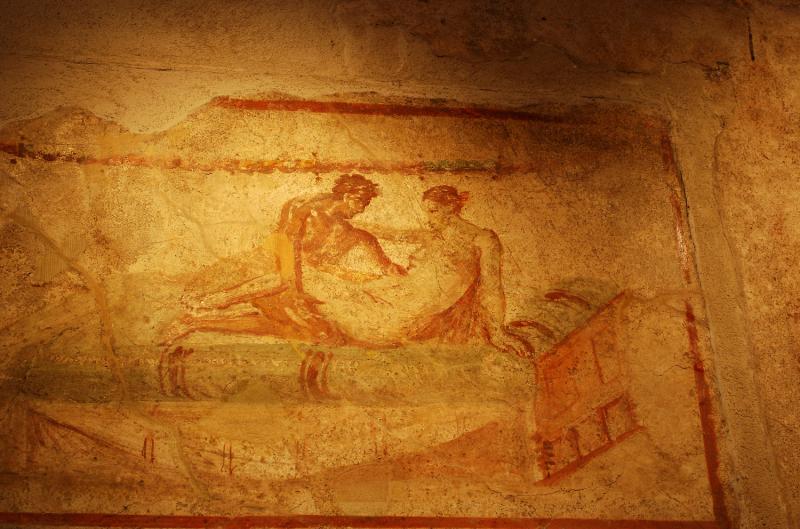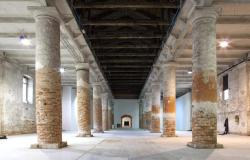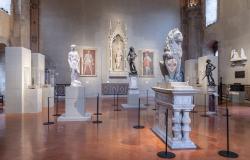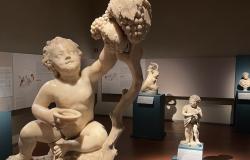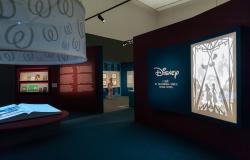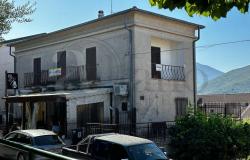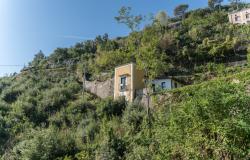The numerous frescoes depicting explicit sensual and erotic scenes at Pompeii have surprised (and in some cases, even embarrassed) archaeologists and visitors ever since the first discoveries were made in the 18th century.
Depictions of phallic symbols and scenes of sexual intimacy can be found everywhere in the ancient Roman city buried by the eruption of Mount Vesuvius, including in household rooms, thermal baths, taverns, and even on the streets to indicate the way to brothels.
A new exhibition, which opened April 21 in the Palestra Grande (a large open-air square which housed gym facilities, hence the name) aims to explain the role these images had in the daily life of Pompeii. To the ancient Romans, they were not considered at all scandalous or embarrassing, and all domus had them.
“Art and sensuality in the houses of Pompeii” exhibits 70 objects, including sculptures and frescoes, some of them never displayed before, including two bronze medallions decorated with erotic scenes depicting satyrs and nymphs that came from a ceremonial chariot found at Civita Giuliana last year, and the ceiling of a bedroom from the house of Leda and the Swan.
Visitors can also tour the archaeological site guided by an app that highlights houses along Via del Vesuvio containing sexual frescoes. There is even a guide specifically for children to help them get to know a series of figures central to ancient mythology.
“The theme of sensuality is ubiquitous, but it is neither scandalous nor banal,” says Gabriel Zuchtriegel, the recently appointed general director of the Archaeological Park of Pompeii. “Often the topic created embarrassment, but it must be explained historically.”
Zuchtriegel explains that the images were not meant to be scandalous, but rather they recalled social aspects that originated from the influence of Greek culture over Roman culture. The Greek myth of the naked body was considered a refined theme for example. “Much had to do with how the Romans used Greek culture as a cultural code, as a lot of the art reflects Greek myth and stories taken from Greek traditions,” Zuchtriegel said.
The exhibition runs until 15 January 2023. For more information, visit the Archaeological Park of Pompeii’s website.
